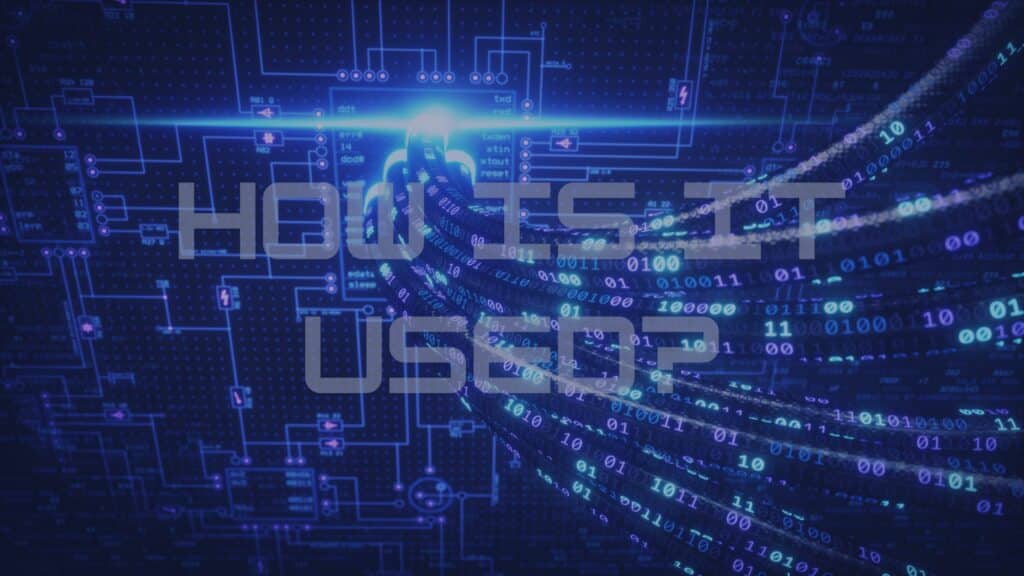
The OSI Model and How it’s Used in IT Services
The OSI Model, an acronym for Open Systems Interconnection, serves as a cornerstone in understanding the intricacies of networking systems. It's more than just technical jargon; it's a conceptual framework that simplifies the complexities of network functionalities into a universally comprehensible format.
It breaks down the networking system into seven distinct layers, providing a structured approach to understanding how data communication works. Here, we’ll explain the seven-layer network model, how it’s used across the IT world, and show you ways that it may matter for your business.
What is the OSI Seven-Layer Network Model?
This network model was developed at a time when network computing was still a new thing. First conceptualized in 1978, the OSI layers model was finally published by the International Organization for Standardization (ISO) in 1984.
The seven-layer model was meant to be of great benefit to both consumers and manufacturers so that emerging technology would not be siloed, thereby increasing usability, revenue, and possibilities. While it didn’t gain widespread traction, there are aspects of the philosophy that remain relevant.
Below, we’ll break down each of the seven layers—Physical, Data Link, Network, Transport, Session, Presentation, and Application—that combine to form the backbone of the OSI model. They facilitate interoperability between various technologies, products, tools, and software solutions. In simpler terms, they enable devices and systems from different manufacturers to communicate seamlessly, fostering a cohesive networking environment.
Physical Layer
The Physical Layer is the lowest layer of the OSI model, dealing with the physical transmission of data over the network medium. It encompasses the hardware components and physical characteristics of the network, such as cables, connectors, switches, and hubs. This layer defines the electrical, mechanical, and procedural aspects of data transmission, including voltage levels, data encoding, and signal modulation techniques.
Data Link Layer
The Data Link Layer is responsible for establishing, maintaining, and terminating connections between devices on the same network segment. It ensures reliable data transmission by detecting and correcting errors that may occur during transmission. This layer is divided into two sublayers: the Logical Link Control (LLC) sublayer, which deals with addressing and flow control, and the Media Access Control (MAC) sublayer, which handles access to the physical medium.
Network Layer
The Network Layer facilitates end-to-end communication between devices across different networks. It is responsible for routing packets from the source to the destination based on logical addresses (such as IP addresses). This layer enables internetwork communication by selecting the best path for data transmission, considering factors like network congestion, routing protocols, and addressing schemes.
Transport Layer
The Transport Layer ensures reliable and orderly delivery of data between end systems. It segments and reassembles data into manageable units (segments) and provides mechanisms for error detection, flow control, and congestion avoidance. This layer also establishes connections (either connection-oriented or connectionless) between applications and manages end-to-end data transmission.
Session Layer
The Session Layer establishes, maintains, and synchronizes communication sessions between applications. It handles session setup, maintenance, and termination, as well as managing dialogue control and synchronization between devices. This layer allows applications to establish connections, exchange data, and manage communication sessions effectively.
Presentation Layer
The Presentation Layer is responsible for data formatting, encryption, and decryption to ensure compatibility between different systems. It translates data between the application format and the network format, handling tasks such as data compression, encryption, and character encoding. This layer ensures that data exchanged between applications is presented in a readable and understandable format, regardless of the underlying differences in systems.
Application Layer
The Application Layer provides interfaces and services for end-user applications to interact with the network. It supports various application-level protocols and services, such as email (SMTP), web browsing (HTTP), file transfer (FTP), and remote access (SSH). This layer enables users to access network resources and services, making it the closest layer to the end user.
Each layer of the seven-layer network OSI model plays a crucial role in facilitating communication and data exchange across networks. It ensures reliability, efficiency, and interoperability between devices and systems.
Modern Relevance of the OSI Model in IT
But why is the OSI model relevant today, decades after its inception? Some critics argue that its theoretical nature renders it obsolete. However, its significance lies in its ability to frame discussions on protocols and technologies, making it indispensable in the realm of IT services.
For IT professionals and administrators, the OSI model serves as a fundamental tool. It aids in troubleshooting network issues by dissecting the problem layer by layer. In this model, the investigation starts at the Physical Layer and progresses to the Application Layer. While network issues rarely originate from certain layers, the OSI model provides a systematic approach to pinpoint and resolve issues efficiently.
The benefits of the OSI model extend beyond the realm of IT professionals, though. Even end-users and business stakeholders can leverage its insights. Understanding the OSI model not only facilitates network troubleshooting but also demystifies network communication, empowering users to comprehend the underlying mechanisms.
Understanding the OSI model can certainly help with DIY network troubleshooting, but that’s probably not a responsibility you want to deal with on top of managing the day-to-day of your business. That’s why Commprise offers comprehensive Network & Wireless Connections service. We take care of your IT so you don’t have to.
Optimize Your Network Infrastructure
Your network is the primary piece of infrastructure that facilitates access and delivers connectivity to all your servers, files, devices, and more. When your network is managed and maintained based on the OSI model, as we do at Commprise, it will operate more efficiently.
Put our Network & Wireless Connections service to work for you. Our team of experts will assess your unique requirements and devise tailored solutions that align with your objectives. Schedule a free consultation today to create a more efficient and secure network environment for your business.




